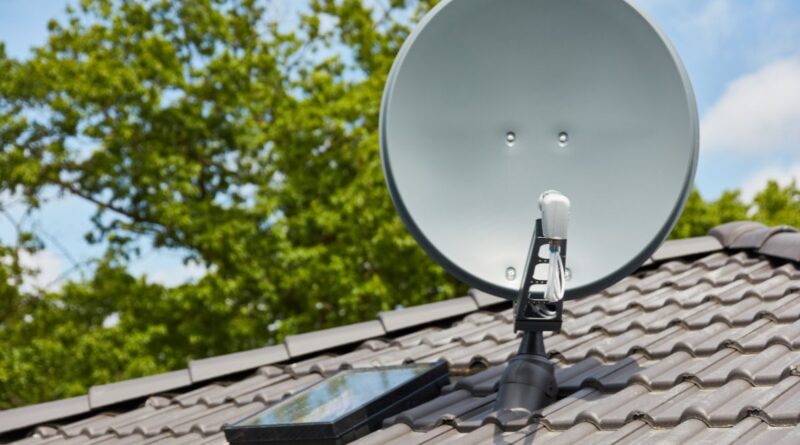Adjusting your satellite antenna signal quality doesn’t have to be a complex task. With the right approach and basic understanding, you can optimize your reception for the best possible viewing experience. I’ll guide you through the essential steps and tools you’ll need to achieve optimal signal quality for your satellite system.
Spis treści:
Required Tools
Before starting the adjustment process, make sure you have all necessary equipment at hand. You’ll need a satellite signal meter or a TV with built-in signal strength indicator, a wrench set for adjusting the mounting brackets, and potentially a compass for initial dish orientation. If you’re working on a roof-mounted antenna, ensure you have proper safety equipment, including a sturdy ladder and non-slip shoes. Having a friend to assist you can make the process much easier and safer.
Basic Adjustment Steps
Start by checking your current signal strength through your receiver’s menu system. Most modern satellite receivers display both signal strength and quality. The optimal position requires adjusting three main aspects: azimuth (horizontal rotation), elevation (vertical angle), and skew (rotational tilt). Begin with the approximate settings for your location, which you can find in your satellite provider’s documentation or through online calculators. Make small, incremental adjustments to each aspect while monitoring the signal strength indicator.
Fine-Tuning for Best Reception
Once you’ve found the approximate position with good signal strength, it’s time for fine-tuning. Move the dish very slightly in each direction until you find the peak signal strength. Pay attention to both signal strength and quality readings – sometimes the highest strength reading isn’t necessarily the most stable. When you achieve the optimal position, carefully tighten all mounting bolts without moving the dish. Double-check the signal readings after tightening to ensure the dish hasn’t shifted during the process.
Common Issues and Solutions
If you’re experiencing persistent signal problems, several factors might be affecting your reception. Check for physical obstructions like growing trees or new buildings that might block the signal path. Ensure the dish hasn’t been affected by strong winds or physical impact. Weather conditions can temporarily affect signal quality, but persistent problems usually indicate a need for adjustment. Look for signs of corrosion or damage to the LNB (Low-Noise Block downconverter) and cables, as these can significantly impact signal quality.
Maintenance Tips
Regular maintenance can prevent many signal quality issues. Inspect your satellite dish every few months for physical damage and ensure it’s still firmly mounted. Clear any debris, snow, or ice that may accumulate on the dish surface. Check cable connections for corrosion or damage, especially at outdoor connection points. If you notice any loose components or deteriorating parts, address them promptly to maintain optimal signal quality. Remember that professional help might be necessary for complex issues or if you’re not comfortable working at heights.
